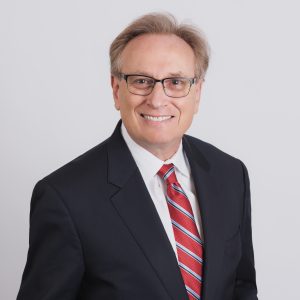
Global steel production falls to near two-year low in November
The total amount of raw steel produced around the world slipped 3% from October to an estimated 140.1 million metric tons (mt) in November, according to World Steel Association (worldsteel) data. This marks the lowest monthly production rate since December 2023.










